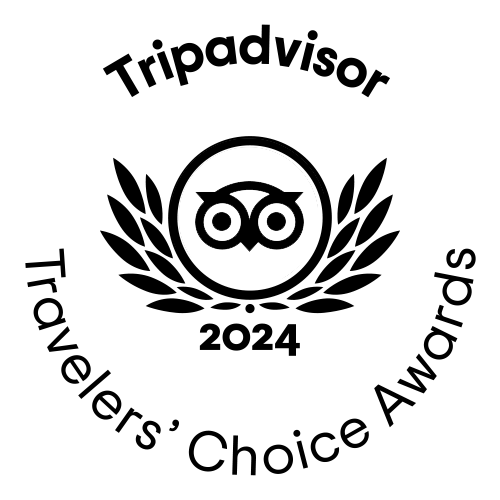LOBSTER FROM PUNTA ALLEN

During the 1930’s, Mexico’s federal government granted exclusive fishing permits for lobster and other commercial species to some local fisherman cooperatives. In the 60’s, some fishermen native from Cozumel Island, migrated to firm land to the area that we know today as Punta Allen, and created a new cooperative called Vigía chico.
At this time, the community was quite isolated from the rest of the country and the only possible way to get there was by boat (before the construction of the road connecting Punta Allen to Tulum). Only a few Cuban fishermen would visit this area. These fishermen would leave a mark on local history thanks to their original lobster fishing technique known as “Cuban house”, a real shelter for lobsters.
Originally, the base of the “Cuban house” was made of Chit (Thrinax radiate) palm’s trunk, that manufacturing technique only lasted for a few decades. Afterwards, the protection of the Chit palm within Sian Ka’an Biosphere Reserve (a UNESCO World Heritage site since 1987) forbade the use of the plant, so the “Cuban house” could only be made of cement. This particular kind of trap gives the lobster a place to hide from predators, to reproduce quietly and it is also an important part of a sustainable policy which is crucial for the economy of local families in the region.
The “Cuban shacks” are made, managed and guarded by the fishermen cooperatives themselves. Fishing areas are split between every local cooperative. These can be renegotiated every year to respect the work of each family, prevent conflict and assure the equal distribution of income.
The casitas cubanas have to be made, managed and guarded by the same fisherman’s cooperative. Fishing areas are split between every local cooperative (these can be renegotiated every year) to respect the work of each family, prevent conflict and make sure of the equal distribution of the income.
The fishing activities are regulated. There’s a specific standard for lobster: minimum weight, size limit (13.5 cm of tail at least), gender (females carrying eggs must be protected and returned to the sea). Penalty fees may be charged to the cooperative members, penalties which may involve total exclusion.
With the establishment of Sian Ka’an Biosphere Reserve in 1987 (a program aimed to create models for sustainable living), the cooperatives had to start following a wider set of fishing rules, such as the prohibition of net fishing, the fishing of dolphins, sea turtles or stingrays, among others.
During the early 80’s, the lobster fishing reached peak level thanks to the increasing demand coming from the international tourism in Cancun and in the brand new Riviera Maya. Punta Allen became the local leader of lobster fishing, regarding to its quality and quantity. It also became a role model on sustainable use of its natural resources.
For a couple of years now, the community has tried to eliminate the intermediaries in the local fishing market. For that, they created a local brand called “Chakay”. With this, they want to guarantee that fishermen families from both Punta Allen and Banco Chinchorro can live properly.
If we talk about an effort towards sustainable development, Punta Allen is a great example of it. The community decided to diversify their activities: ecotourism became a new source of income for the cooperatives. They offer boat trips to discover local wildlife and ecosystems around the village, a new option to use and protect the natural resources. The policies aimed towards the protection of the vast diversity on the Reserve are also a good example of sustainable development.
Punta Allen’s definitely a place to visit with Mexico Kan Tours!

















